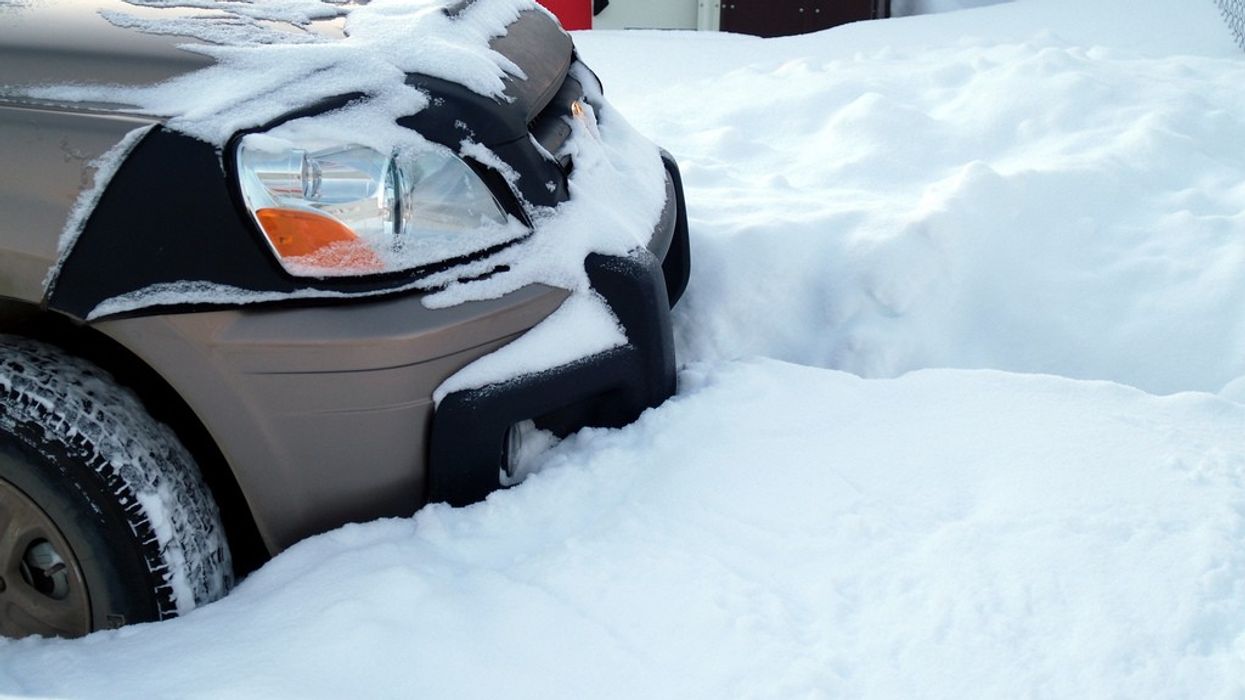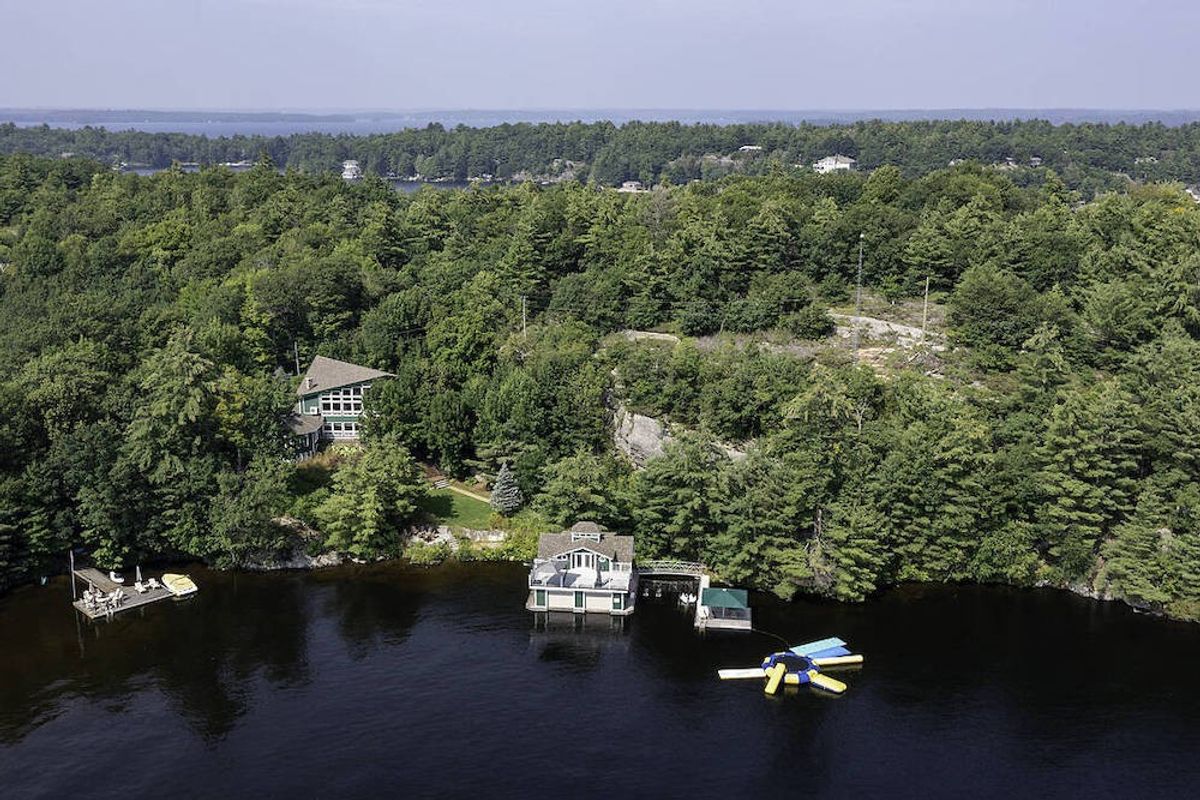Brace yourselves Toronto, snow is on the way.
The first official snowfall is expected to hit Toronto next week, but Environment Canada and The Weather Network say the GTA can expect a light dusting of the white stuff as early as Friday.
READ: How To Wind Down Your Garden For The Winter
Dealing with snow this early in November is bad news for everyone. For those that rely on the TTC, it means longer lineups and delays. For drivers, it means getting up a little earlier to dust off and warm up the car.
And, if you're one of the (un?)lucky ones who actually has a driveway in the city, it means breaking out the shovel and breaking your back to clear said driveway just so you can get on with your day.
Snow covered driveways aren't just a nuisance, if left untreated they quickly turn into hazards. Salting and shovelling is the most common way to avoid snow build up, but we talked to Brendan Charters, Development Manager at Eurodale Developments to discuss another common option: heated driveways.
Benefits Of Heating Your Driveway
Besides the obvious bonus of never having to shovel, heated driveways also reduce ice-related accidents since they melt ice and divert water away from your driveway and walkway.
Diversion and steady heat is important since water accumulation can re-freeze turning your driveway into an ice rink. Automatic heaters are a safer option for this reason. Automatic heaters constantly run and activate when moisture is detected. Manual heaters are just as effective but require a little more attention since you'll be the one to determine when it should be turned on and off.
READ: How To Forage For Your Own Winter Decor
So, How Do You Heat A Driveway?
There are three different ways to heat a driveway. Depending on the age of your home and your location in the city, some options are better than others.
Electric Heating
Installed beneath the concrete, heating cables, require about 30-60 amps of power, which can be demanding on older homes. One of the cheaper options to install, electric heating costs can add up since the system relies on hydro lines.
Gas Heating
This option turns your driveway into a radiator of sorts. Liquid glycol is heated in a gas boiler and runs through a series of tubes beneath the asphalt.
If you can get over the initial sticker shock, this is a great option for large driveways since the cost of gas heating is so low. But be warned, if your driveway extends beyond the boulevard you might have a hard time obtaining the necessary permits to renovate the property.
READ: What To Do If Your Home Floods And How To Prevent Flooding In Your Basement
Heating Pads
The DIY option is to simply purchase heating pads that sit on top of your walkway or driveway. While being the most cost-effective option, it's also the least durable since you'll be walking (or driving) right over it. Depending on the size of your driveway you might need to purchase a whole stack of these mats too—but hey, at least you don't have to pay for installation.
Choosing the best option comes down to personal preference. But, if you ask us if you're going to invest in this upgrade you shouldn't be skimping out on installation. Both electric and gas heating should always be installed by licensed professionals.





















